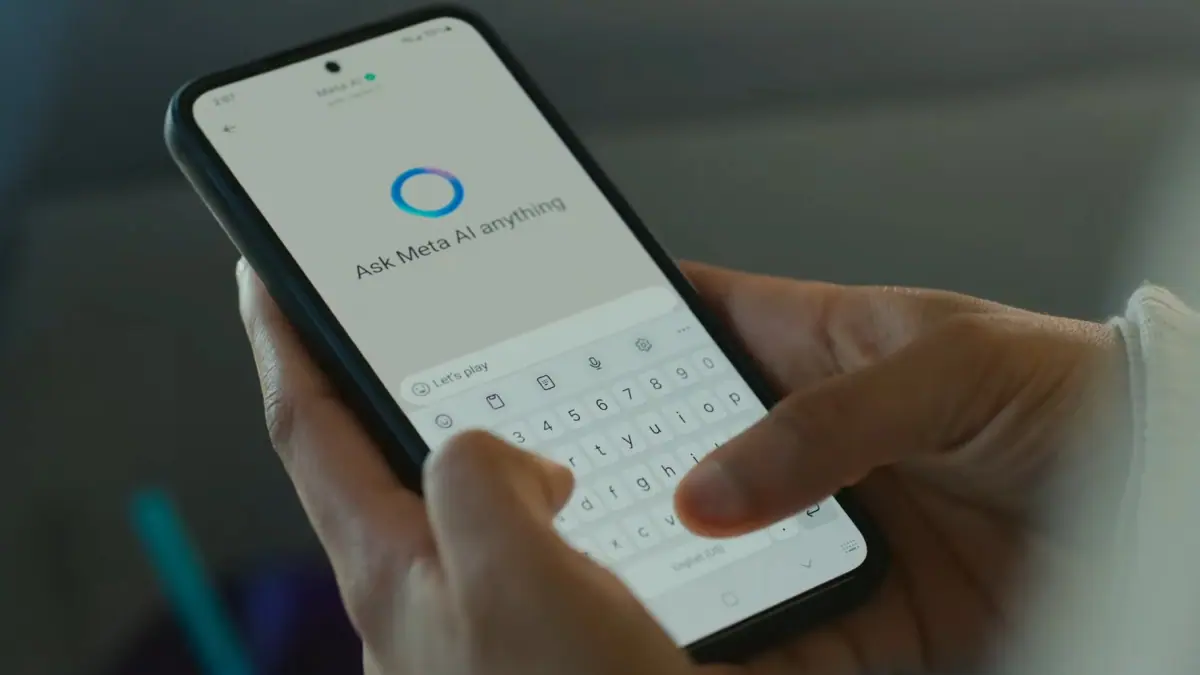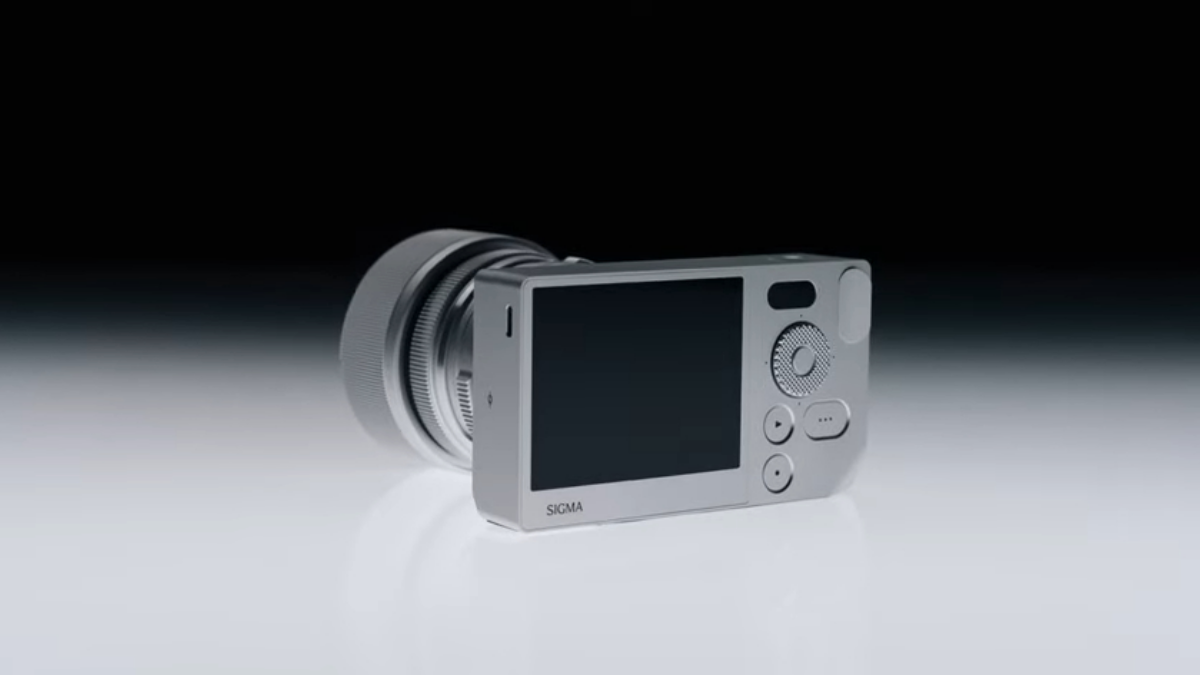Stuck between the Surface Pro and Surface Laptop? Here's what you should consider
6 min. read
Updated on

Microsoft’s Surface Laptop and Surface Pro are two of the most recently announced notebook PCs albeit in different form factors. While we haven’t had the chance to go hands-on with the device, but they are already available for pre-order and will ship in just a little over two weeks worldwide on the 15th of June, a first for Microsoft. Now, while both of these devices are different in form factor, with one being a laptop and the other a hybrid, Microsoft is positioning both of these as thin and light ultraportable “laptops”. For some who plan on pre-ordering the devices, this might be a bit confusing. If the Surface Laptop is the “Ultimate Laptop”, then it’d make sense for one to purchase that. However, the Surface Pro has is more versatile overall, but more expensive. Complicated right? Let us break it down for you.
Price

Microsoft’s Surface family is a premium PC brand, it shouldn’t be surprising that the Surface Laptop and Pro are expensive — some would say too expensive to contemplate. If you’re considering either of these, it is safe to say that you’ve already accounted for a high price, what you may not have accounted for is the price difference between the devices. While both notebooks are expensive devices, the Surface Laptop is less expensive than the Surface Pro for what you’re getting. Consider, for $999 you’re getting an i5 processor with 4GB of RAM, 128GB of storage, 14-hour battery life etc.
To get the same configuration with Surface Pro 4, you would realistically be looking at $1200 or thereabouts once the cost of a keyboard and pen are factored in. No matter how you slice it, if you want to use your Surface Pro as a laptop, you’ll be shelling out a bit more than you’d do for the Surface Laptop.
Windows Ink and Pen Support

Windows Ink is a key, but niche feature of the Windows 10 Creators Update. Microsoft’s Surface devices have mostly always supported inking features, with the Surface Studio, Laptop, Pro, and Surface 3 having stylus capabilities. With Windows Ink introduced, inking has become more of a part of Windows and been embedded in native apps like the Photos app and the Maps app. While the Surface {en is supported by the Surface Laptop technically, it works just as well as you’d imagine. It is unlikely that you’ll be scribbling out notes on this screen considering it’s a traditional clamshell laptop that doesn’t even bend all the way backwards. If Windows Ink is a concern of yours, the Surface Pro is the more viable device for this specific scenario.
Battery Life

Microsoft’s Surface Pro had an advertised battery life of 13.5 hours, its Surface Laptop has one of 14 hours. Both will get you through the day and well into the night before you need a charge, provided their advertised life is accurate. You see, many OEMs often wildly overestimate their battery life potential and Microsoft is no exception. The Surface Pro family of devices have all received varying levels of battery life ranging from poor to middling despite Microsoft’s optimistic estimates, with the Surface Pro 3 and 4 being hit especially hard by this. However, Microsoft’s Surface Pro promises 13.5 hours of battery life, so even if we were cut that number down by half, we’re still getting roughly 7 hours of battery life — enough for the average person to work on the go before needing a charge. The change to Kaby Lake might also make the battery consumption of the Surface Pro even more improved, as older more power heavy processors were to blame for the previous Surface Pro. So hile I won’t go far as to say “this time for sure”, you’re guaranteed to be getting at least good battery life from the Surface Pro.
In the case of the Surface Laptop, while we do not have a direct analog for it as this is the first generation Laptop, Microsoft’s Surface Book is the closest comparison we can make. While Microsoft promised 13 hours of battery life, the Book frequently met and even exceeded that metric in some tests. It seems Microsoft’s estimates are more reliable when it comes to its clamshell devices, and that bodes well for the Surface Laptop.
Form Factor and modularity

Microsoft’s Surface Pro has a secret. It isn’t a two in one device, its a three in one. Aside from serving as a traditional Laptop and a tablet, it can also serve as a powerful desktop. With the optional Surface Dock, buyers can expand the Surface Pro from simple tablet to the core of their computing life. Since it’s a Windows 10 PC itself, you won’t skip a beat in terms of UI and UX, and you would be
Furthermore, you’re also able to piecemeal update your Surface Pro should you want to. Microsoft has often released new type covers midway through the Surface sales period, and you can pick these up and switch up your look without needing to buy a new laptop. With regard to Alcantara, in the unlikely event that your keyboard should get gross enough that you can’t stand it, replacing it will be a relatively easy $159 or lower compared to the price of buying a whole new Laptop should the same happen to the Surface Laptop.
On the other hand, there’s the comfort of having a classic, well-designed clamshell laptop that works without any additional fiddling. For some people, that may just be enough.
Windows 10 S or Windows 10 Pro

For most people, a decision to buy the Surface Pro or the Surface Laptop will ultimately come down to Windows 10 Pro vs Windows 10 S. As its name implies, the Surface Pro ships with Windows 10 Pro, the most powerful version of Windows one can get if you’re a consumer. If you’re running Windows 10 Pro, aside from running Windows apps you can also play with the registry editor, command line, PowerShell, Group Policy editor, Hyper-V and more. If you’re really interested in Windows 10 Pro, you would already know that. Windows 10 S, on the other hand, is a more limited version of Pro. While it is still Windows 10 Pro underneath, all those advanced features I just described above are disabled. Microsoft says this si for safety and security, and while that is true, many users may be frustrated by the ability to install and run apps like Google Chrome and whatever random Win32 app they want. Microsoft’s Windows Store is getting more robust by the day, and you’ll soon be able to find staples like iTunes, Spotify, and Office there. If that’s still limiting to you, for $50 (free till 2018), you can bump your installation up to Windows 10 Pro,
Overall, you can’t really go wrong with any of these devices. Microsoft has made two compelling PCs here, and Surface fans should be pleased.
You can preorder the Surface Pro and Laptop from the links below.









User forum
0 messages